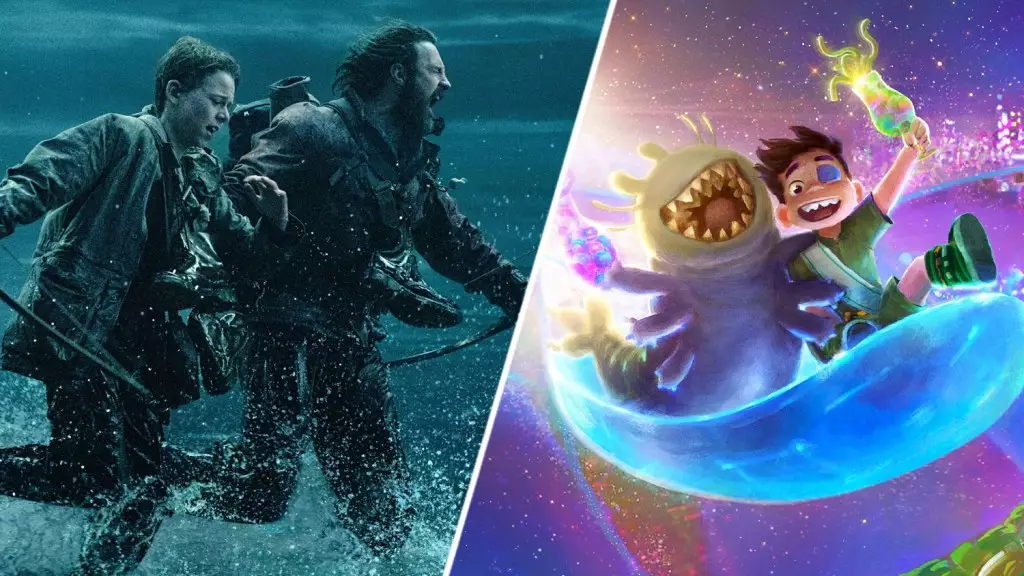In the realm of contemporary cinema, horror movies have consistently displayed a unique capacity to draw in audiences, often doing so with remarkable fervor during their opening weekends. Take, for instance, Sony’s latest horror offering, “28 Years Later,” which boasts an impressive preview gross exceeding $5 million. This reveals not only the film’s promotional prowess but also the voracious appetite that audiences possess for chilling narratives and suspenseful storytelling. However, equating its early earnings with those of the New Line Cinema hit, “Final Destination: Bloodlines,” which had a preview of $5.5 million and accrued a spectacular $51.6 million in its opening weekend, is an oversimplification. It’s crucial to recognize that horror films are notably front-loaded; their initial appeal often fizzles out in subsequent weeks, creating a skewed perspective on their true box office longevity.
Moreover, whilst critics have showered “28 Years Later” with accolades—attaining an impressive 92% score on Rotten Tomatoes—the audience response tells a different story. A lukewarm 67% rating from viewers indicates a dichotomy between critical acclaim and audience satisfaction. This disparity poses an intriguing question about the expectations placed on long-standing franchises and whether they can meet the shifting tastes of horror aficionados.
Animation’s New Frontier: The Struggles and Triumphs
Turning our gaze to a different genre, Pixar’s “Elio” is looking at a preview gross projected between $2.5 million to $3 million. This figure pales in comparison to the more robust financials of “Elemental,” which grossed significantly more after its previews and went on to carve out a commendable box office presence. With critics praising “Elio” at an 86% rating, expectations remain high. Nevertheless, the skepticism surrounding its audience appeal reflects a broader issue in the animation sector—original properties are facing considerable challenges in a marketplace overflowing with sequels and established IPs. The comparative performance of “Elemental,” which managed to maintain a high audience score despite mixed critical reviews, signifies a growing trend where the longevity of animated films may rely more on audience connection than critical analysis alone.
Both films reflect the shifting dynamics of their respective genres. Horror thrives on audience thrill drives, while animation attempts to establish emotional resonance with families and younger viewers. In an era marked by short attention spans and an ever-increasing supply of media, capturing viewer loyalty becomes a monumental endeavor.
The Future of Film: Bridging Genres and Expectations
As we analyze the box office trajectories of “28 Years Later” and “Elio,” one can’t overlook the evolving landscape of viewer preferences. Audiences are increasingly selective, driven by a blend of nostalgia, genre loyalty, and the quest for fresh narratives. While horror films may continue to succeed initially, the sustainability of these successes heavily relies on the ability of filmmakers to innovate and surprise. Conversely, animated features face the uphill task of not only competing with each other but also with the multitude of digital content available at consumers’ fingertips.
With industry giants like Sony and Pixar leading the charge, the implications of their launches extend beyond mere numbers. They shape cultural conversations, influence trends in filmmaking, and determine what viewers will crave next. The interplay between reception and box office performance will likely dictate the strategies of studios moving forward, blurring the lines between critical acclaim and popular appeal in ways that we have yet to fully understand.

